PICTURE the northern beaches of the 1970s and 80s: the Aussie dream of owning a quarter acre plot was a reality and kids were free to roam outside all day getting sunburnt at the weekends, with just one proviso — be home for dinner.
The term helicopter parenting was yet to be invented.
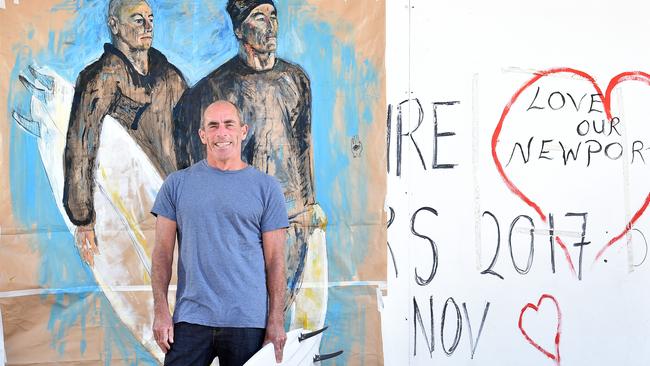
Times were better then, or that’s how people want to remember it, according to one prominent local personality, surf writer Nick Carroll, who came of age during what he calls a dangerous period in the peninsula’s history.
The Teacher’s Pet, a podcast on Lynette Dawson, a missing Bayview mum, presumed murdered, has brought back some bad memories and blown the lid on the darker elements at play during that era.
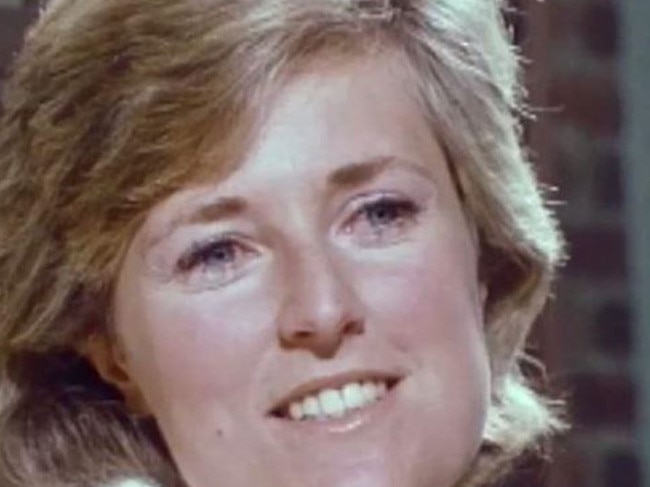
It’s now public knowledge that around then there was a culture of abuse in schools, where teachers allegedly had sexual relationships with pupils as a “fringe benefit” of the job.
Police are taking the allegations seriously and in July detectives from the child sex abuse squad launched a task force to investigate historical allegations of sexual assault at peninsula high schools amid claims that nearly 40 former pupils have come forward to give statements.
So, what was it like living on the beaches during that time when Year 11 pupils at Cromer High were allowed to smoke during recess and teachers would buy underage kids drinks at the local pub?
Mr Carroll, 59, brother of surf champion Tom, still lives in Newport, the suburb he grew up, said back then the peninsula was flooded with drug dealers peddling heroin to promising young surfers, as well as child molesters including Phillip Bell who were using the beach culture to lure victims.
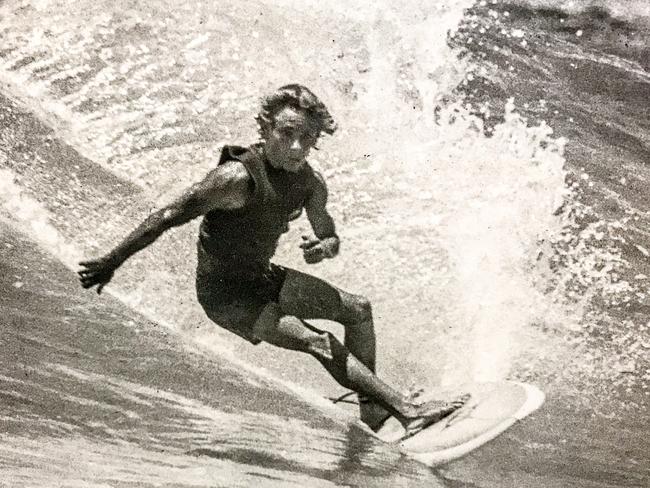
“It was a very different time compared with today,” Mr Carroll said.
“There’s carefree and that time was damn carefree. But there were great dangers associated with that.
“We were classic versions of the kids around here at that time. Our parents had no idea what we were up to.”
Mr Carroll remembers the surfing community gangs, mainly boys puffed up about their turf and the violence in the water and that the surfing culture was a rebellion against adults.
“The thing was it was mostly kids of 16 to 18, they were vulnerable, at the same time that they were assertive,” Mr Carroll, who was not a victim, said.
“Predatory adult behaviour — there was quite a bit of that.”
He said while some kids were able to sense the dangers and defend themselves, other more vulnerable kids were not.

Mr Carroll said Bell had a nice car and if you were alienated from your parents, he had a place to stay, a hot shower.
“I remember Bell driving his car around the northern beaches,” Mr Carroll said.
“We used to throw eggs at him. He stayed the f*** away from us.”
But, he said, kids would suddenly disappear off the teenage social map.
“The next thing they would be driving around with Phillip Bell or would be with him surfing,” Mr Carroll said.
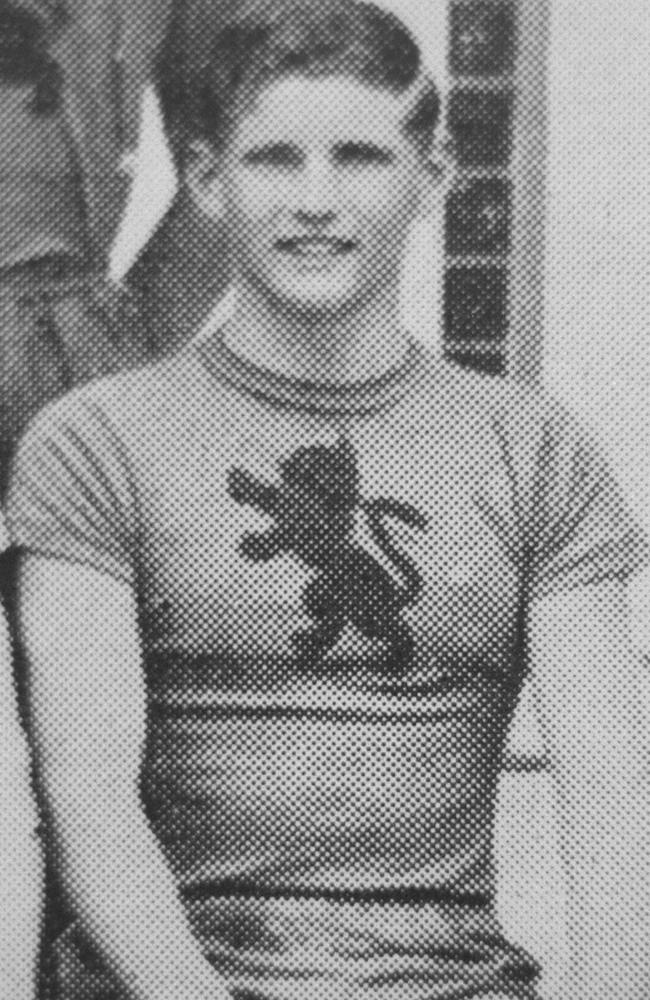
“He did go for young surfers — it was a real game, I’m sure.
“There were all these vulnerable fired up kids running around the northern beaches. They were just waiting to be exploited.
“I was real lucky I was part of a really strong group of kids at Newport determined to do our own thing.”
Bell was a millionaire and had a number of homes including one at Whale Beach and Manly.
He was jailed in 1997 for 14 years for 75 sex offences on 18 boys aged 12 to
15.

At his trial it was alleged he set up his various houses to attract young boys with offers of horse riding, motorbikes, beach buggies and pool tables, and gave them presents including wetsuits, surfboards, clothing, motorbikes and trips.
He died in prison in 2005.
He wasn’t the only paedophile based on the beaches in the 70s and 80s.
Phillip Edwards, a children’s sports instructor lived in Belrose, along with John Shiel, of Harris Park, was charged with hundreds of child sex offences.
Edwards took his life before his case came to court, but Shiel was jailed. The pair were also linked to Mitchell Fox, of Northbridge, who was jailed for four and a half years for assaulting boys aged nine to 15 at six homes including one in Collaroy and on a boat in Sydney Harbour. He now lives in the US.

They were also linked to perhaps the most infamous child abuser of them all, Robert Dolly Dunn, now dead, who was convicted in 2001 of 24 sexual offences between 1985 and 1995.
He had access to a boat in Sydney Harbour where he would take young boys and abuse them.
It was around then, in January, 1982 that mum Lynette Dawson, went missing from her Bayview home.
Her husband Chris, a star rugby league player turned sports teacher, was having an affair with Cromer High pupil Joanne Curtis, which started when she was 16.
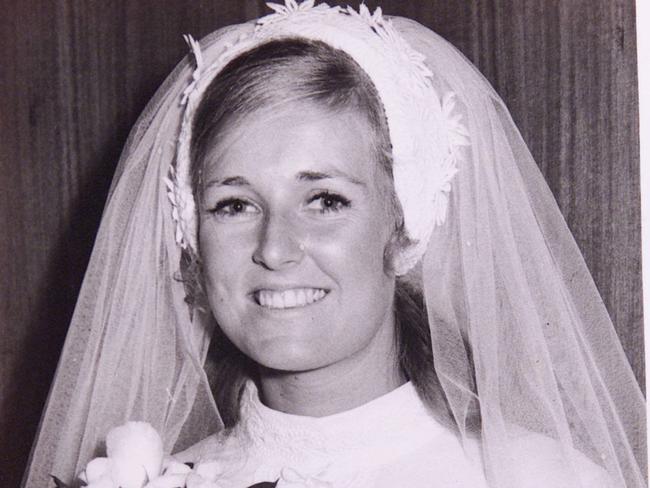
It has since come to light there were other teachers allegedly having sex with pupils too.
Former Cromer High pupil Marianne Lloyd, who did not have any relationships with teachers, said they were “not as worldly as kids the same age would be now”.
“We listened to our parents and respected our elders and lived under the illusion that the world was a safe place and that those in power were there to protect us,” Ms Lloyd said.
“But below this illusion of safety ran an undercurrent of predatory behaviour by a group of teachers and staff both male and female.
“Students were in relationships with teachers and we knew from a young age that this was happening.
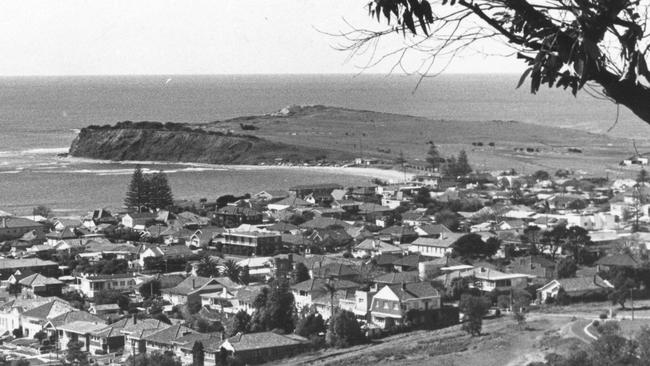
“Being a teacher’s ‘favourite’ was valuable social currency at Cromer High, and teenage years are all about social currency.
“It was almost like living in a real life Truman Show.”
She said she was revolted to now look back and remember how female students were sexualised and boundaries were blurred.
“Students driving in teachers’ cars was common, some teachers would drink with us at a local hotel, knowing we were under age,” she said.
“Teachers would give female students sexualised nicknames focusing on body parts.
“One teacher came to school in mufti dressed as a flasher.
“All of this behaviour which would be called out today was normalised for us. These behaviours were condoned and enabled and set the stage for the more serious forms of abuse.”

Robyn Wheeler, a former vice-captain at Cromer High in the 1980s, said the beach culture helped cast a casual tone across interactions between teachers and pupils.
“It was a perfect storm, a casual beach culture, unwillingness of the education department to intervene, police turning a blind eye, a multiple failure,” she said.
Ms Wheeler said following the podcast many victims had come forward, many speaking for the first time, about what went on.
“It was premeditated, it was planned. Not an accident,” she said.
“I was 13 when teachers gave me alcohol. It was the first time I had a drink. I ended up vomiting out of my nose.
“I wasn’t sexually abused but other students were from the age of 12.”
One paedophile teacher who was caught was Peter Scott, an art teacher at Cromer High. He acted alone and was convicted of a number of child sex offences in the early to mid 1980s and jailed for seven and a half years, reduced to seven on appeal and will be eligible for parole in 2021.

He also used surfing as a way to target young pupils, and also impressed them with his involvement in the peninsula’s music scene. He was as cool as you could get, according to one former pupil.
He picked off the most vulnerable, plied them with drink and drugs and abused them.
Ms Wheeler said if the police were able to bring about more successful prosecutions into historic sexual abuse allegations it could help bring closure to what some would say was the peninsula’s darkest decade.
“People have made the excuse that it was different times, but the impact it has had on some of the girls and boys who I have spoken to has been devastating,” she said.
One victim who has given a statement to police said the Cromer High pupils of the 1980s were now parents and grandparents.
“It’s time for an apology,” she said.


Who Owns Tassie’s farms: Biggest investors, landholders named
An annual investigation can reveal Tasmania has been a key destination for capital in the race to invest in Aussie agriculture. See the full list.
Families, billionaires and foreign owners of SA’s largest farms revealed
From sprawling stations in the north to prime cropping in the south – meet those who own South Australia’s largest farming properties. See the full list.